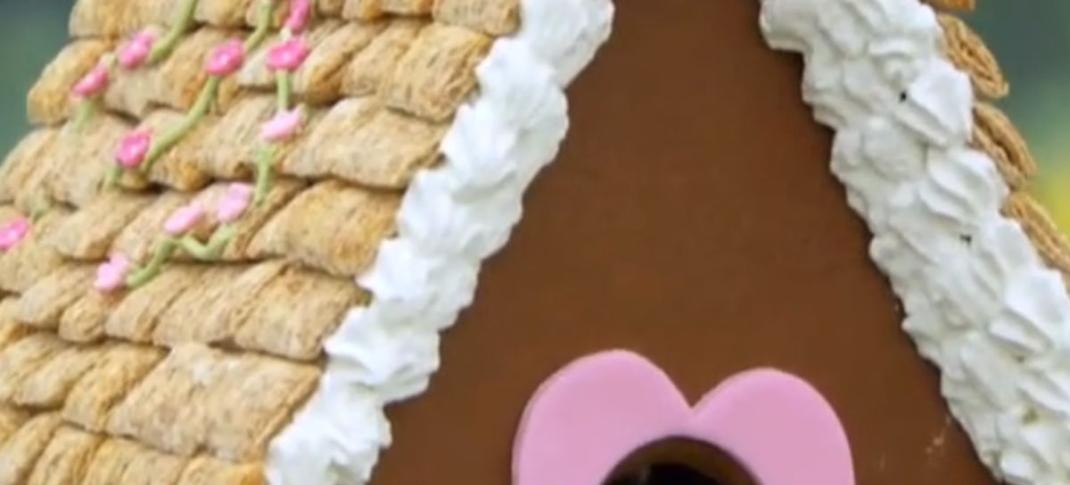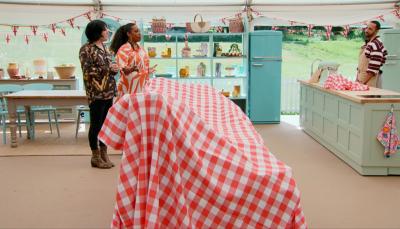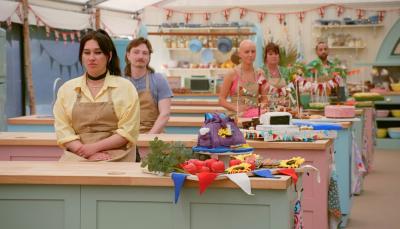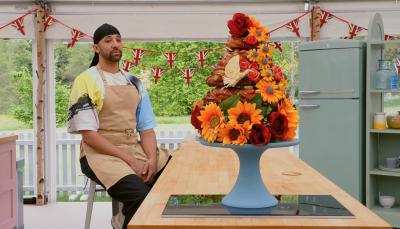Know Your GBBS History: Biscuit Week

Our latest series runs down the truth behind the popular bakes featured on The Great British Baking Show. This week: Biscuits!
Biscuit Week
Biscuit Week (which to us Americans is really Cookie Week) has been a standard for GBBS since the very first season, along with Bread Week and Cake Week. This season is notable for not getting to it until nearly the end of the competition, in the quarterfinals. Every other season - including the year it was combined with "tray bakes" - it was used in a far earlier round, with the majority of seasons putting it as the second episode.
Crackers
Now that I've called it "Cookie Week" the show starts with a Signature bake of crackers, which is far closer to what Americans generally think of when we hear the word "biscuit." Crackers are the modern-day descendant of the ancient flatbread, the oldest bake in history, and a direct successor of the military hardtack, an inexpensive, long-lasting, nutritious and cheap way to feed armies on the go.
Made from flour, water, and salt, they are deceptively simple, usually containing small "docking holes" in order to keep air pockets from forming. They are usually savory in both American and UK cultures, and of course, are perfect with cheese.
Chocolate Tea Cakes
Regular tea cakes are a soft sweet roll, usually baked with fruit in them and served with butter and jam. These aren't anything like that. They may share a name but the Chocolate Tea Cake is actually a meringue confection on a biscuit base covered in an envelope of hardened chocolate, not unlike the American moon pie. It was invented in 1956 by Boyd Tunnock of Tunnock's, a Scottish chocolatier who's family had been in business since the 1890s, and is considered a Scottish icon.
Most commonly consider these biscuits. But, actually, this is a bake that should have been filed under Cake Week, because according to EU law, for tax purposes, these are defined as cakes. Cakes are not taxed, but biscuits are. Fun fact: The case took 13 years to wind its way through court before justice was served and the taxes the company had been paying on their wares was refunded to the tune of £3.5m.
Gingerbread Houses
The term "Gingerbread" actually encompasses a wide variety of ginger bakes, from the softest, moist ginger loaf to the hard ginger biscuits which are so tough, they are structurally sound for small-time temporary architectural structures.
The harder version is the original historical bake, introduced to France by an Armenian monk named Gregory of Nicopolis in 992 CE. From there it traveled to Sweden and by the 15th century was predominantly a German dish, considered a medicine for indigestion and controlled by a Gingerbread-making guild. By the middle of the 16th century, the tradition of making Gingerbread houses out of them as a Christmas decoration had taken hold, which then came to England in the 1840s, as part of Victoria's adopting and popularizing all German Christmas traditions, bag and baggage, from her beloved Albert.
Next Week: The Pâtisserie Semi-final!




